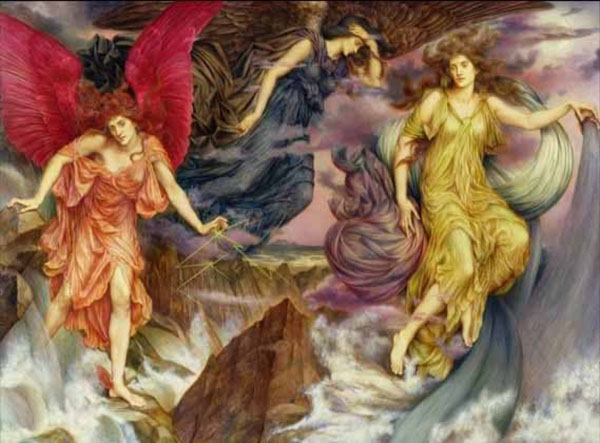Little is known about the Celts religion but we do know that they worshipped many deities and had a strong affinity with the natural world surrounding them.
Celtic religion was fundamental to their attitude towards all aspects of their lives. The Greeks and Romans first begin to write about Celtic religion by the 3rd Century BCE and from this we begin to understand their philosophy.
Epona and the Cult of Isis
The Celtic gods and goddesses were abundant; there may have been thousands, many of them being deities that were worshipped at a local level although there were a few ‘national’ ones. But there were a few who did have a resonance across all the Celtic tribes and who could be recognised as having an equivalent across all Indo-European cultures. One such one was the cult of Epona who demonstrates parallels in the Isis cult practiced in ancient Egypt.
Celts and an Affinity with Animals
Cemmunos (‘God of the Animals’), the most familiar of the Celtic deities, and Epona, goddess and protector of horses and riders demonstrate the Celts spiritual feelings towards animals. Cemmunos was depicted with cult beasts on the Gundestrup cauldron that was discovered in North Jutland, Denmark.
Some animals themselves were worshipped. The goose with its aggressive temperament symbolised the essence of the warrior. Indeed, Caesar writes that the Celts considered the goose to be sacred.
Celt Ambassadors Visit Alexander the Great
We do not understand the significance of many of the Celtic gods; Teutates means ‘god of the tribe’, Esus translates as ‘lord’ while Taranis means ‘thunderer’. When Celtic ambassadors visited Alexander the Great (356-323 BCE) of Macedonia, they described Taranis as the god they feared the most; Caesar writes that Mercury was the most revered.
No Dumb Blondes
In Celtic mythology, it appears that gods and goddesses were considered the ancestors of the people rather than separate divinities. In surviving Welsh and Irish texts, heroes and heroines with magical powers live parallel lives to the people and reflect their religious beliefs.
Celtic heroes and heroines were no dumb blondes. Beauty was admired but in addition to good looks they had to have an intellect to match their physical prowess. They were completely human in disposition loving pleasure and indulging in all of the deadly sins. They lived in an idealised form of the Celt’s world; a world of pastoral contentment, loving nature, art, feasting, hunting and fighting.
Roman Assimilation of Celtic Deities
When the Romans conquered Greece, they continued their practice of assimilating the conquered society’s arts and customs into their own culture. They did this with the Greek pantheon of gods, giving them Roman names. Thus when they encountered Celtic gods they renamed them with what they considered their Roman counterpart.
Sources:
- Ellis, Peter Berresford, The Celtic Empire 1000BC – 51AD, 1990, Constable and Company Ltd, London
- Wood, J, The Celts: Life, Myth and Art, 1998, Duncan Baird Publishers, London








